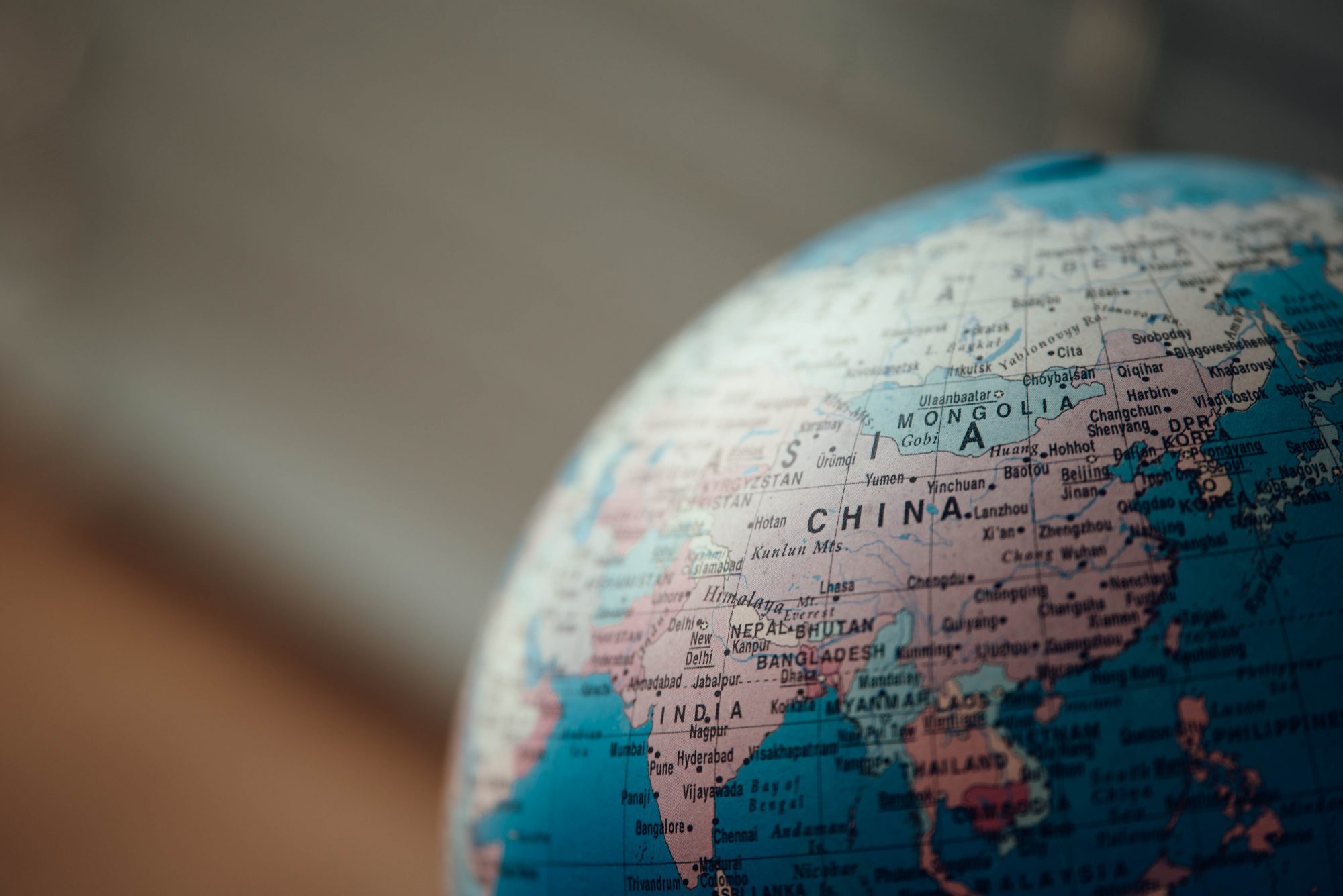 In this post, LSE’s Professor Bingchun Meng further delves into the issues tackled in her video ‘The rise of China and Western media,’ in which she explains how, faced by China’s increasing economic and geopolitical presence, Western media tend to fall back on familiar stereotypes and dystopian imaginaries.
In this post, LSE’s Professor Bingchun Meng further delves into the issues tackled in her video ‘The rise of China and Western media,’ in which she explains how, faced by China’s increasing economic and geopolitical presence, Western media tend to fall back on familiar stereotypes and dystopian imaginaries.
What is the ‘China Problem’?
The rise of China can be understood on several different levels. First and foremost, there is the exponential economic growth since the 1980s, making China the world’s second largest economy after the U.S. As a consequence of the economic development, 600 million Chinese people were lifted out of poverty and the country now boasts the world’s largest middle-class cohort, estimated to reach 40% of the total Chinese population by 2030.
Compared to five decades ago when the Reform and Opening Up first started, China is now a much more integral part of the global supply chain and is the largest trading partner of many countries around the world.
The integration with global economy leads inevitably to stronger competition between China and other major economies in various sectors, from raw material to foreign investment, from the consumer market to technological innovation. Thirdly, a rising China is a more assertive China that now demands a seat at the table in setting the rules and the agenda, whether for international trade or technical standards, rather than simply accepting the existing order.
The rise of China thus brought unprecedented challenges to the global economic and geopolitical order that had been settled since the end of the Cold War. Neither the Japanese economic miracle after World War II nor the rise of “Asian Tigers” in the 1980s represents a disruption of the same magnitude to the hegemonic status quo.
Where is it appearing?
It is against this background that we are witnessing the cacophony around the “China Problem” in policy debates, in media reports and in academic discussions:
- For political elites in the West, the China Problem is about whether and how the liberal hegemony led by the U.S. could peacefully co-exist with a resilient and powerful illiberal regime that has no intention to convert.
- For business elites in other large economies, the China Problem is about how to both compete and cooperate with Chinese companies, most of which are privately owned, but many of which also have the backing of an entrepreneurial Chinese state.
- For those who take scholarly interest in China, the problem goes deep into the epistemological realm. If reality on the ground keeps defying predictions made in the Ivory Tower, do academics continue to cherry-pick empirical evidence that confirm conventional views, or is there a pressing need to develop new explanatory framework?
How are the media experiencing and portraying the problem?
As for those who produce news reports on China, which, in today’s media-saturated environment, wields significant influence on the agenda of all three aforementioned groups, the China Problem unravels their deep-seated belief that media professionalism would enable journalists to transcend their own ideological positioning. Examples of this are too numerous to count. I will only mention two of the most prevalent tropes here.
The first one is about China setting up a “debt trap” in the Global South through its internationalisation programs, such as the Belt and Road Initiative (BRI). The narrative goes that China lures poorer countries into taking out huge loans to build expensive infrastructure they cannot afford and that will yield few benefits. When the debt-ridden country has trouble paying back the loans, China will acquire the infrastructure as strategic assets and the country, in turn, becomes Beijing’s puppet. Even though this trope has been rejected time and again both by scholars who have done extensive research on the ground and by journalists reporting from the Global South, it has proven incredibly sticky because those working for major international news outlets are not able to see beyond the stereotypes.
The second trope is about “Chinese spyware” implanted and controlled by tech giants such as hardware supplier Huawei and social media platform TikTok. Although this narrative finds historical resonance in the 1970s and 1980s, when Japanese tech companies were on a meteoric rise and the U.S. lost to Japan in the first semi-conductor chip war, the “Chinese spyware” features in contemporary public discourse in a much more sinister and insidious manner. After all, Japan has been a staunch political ally since the end of WWII, despite its competition with the West on economic and technological fronts. The success of Chinese tech firms, on the other hand, represents the worst nightmare of techno dystopian imaginary: when an authoritarian state that is already being portrayed as “big, bad and crazy” is now equipped with advanced digital technologies, we are going to have an all-seeing omnipotent Big Brother state surveilling everyone at the global level.
Why is this happening?
Underpinning many Western elites’ knee-jerk reaction to the China Problem is a combination of Yellow Peril and Red Scare. It is a historically entrenched fear toward the Communist Party and its illiberal ideology, with a racist undertone. For the first time since the collapse of the Soviet Union, the unipolar world order dominated by the U.S. is facing an existential threat that offers a different way of life, an alternative model for running political processes and economic activities. What we have seen so far is only the beginning of the end of this order. The choices made by both sides of the ideological fault line will determine whether there will be more confrontations yet to come or peaceful coexistence in the future.
Learn more about this research in Bingchun’s book The Politics of Chinese Media: Consensus and Contestation (Palgrave, 2018).
This post represents the views of the author and not the position of the Media@LSE blog, nor of the London School of Economics and Political Science.
Featured image: Photo by Christian Lue on Unsplash





